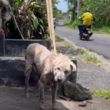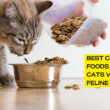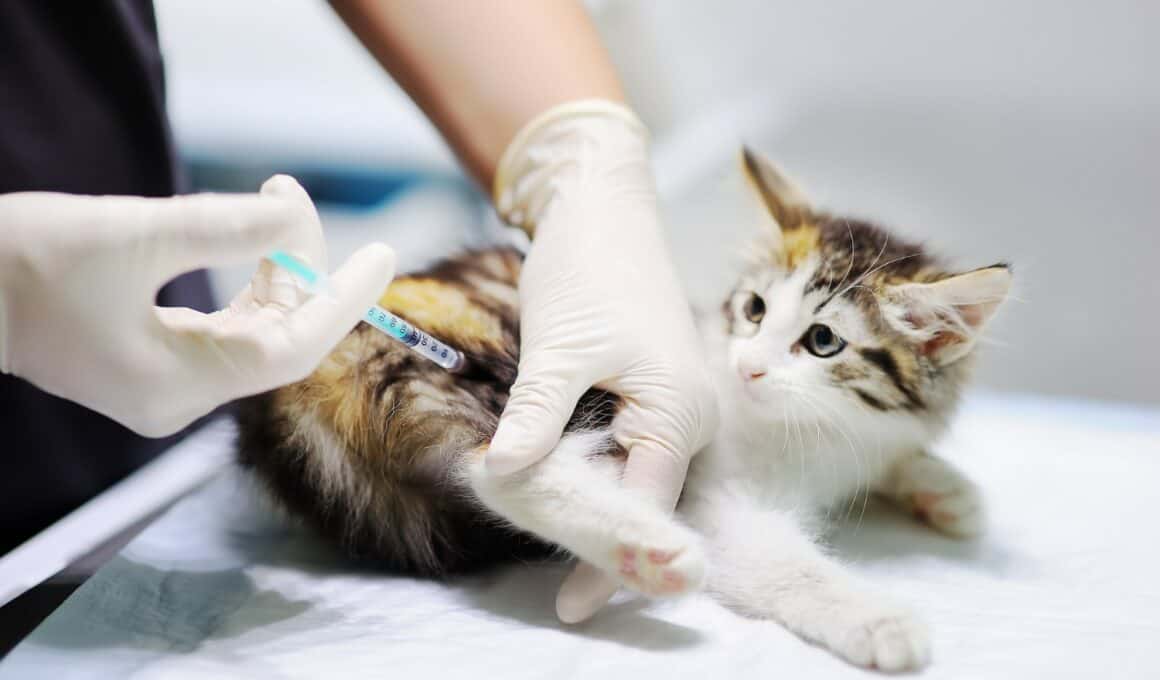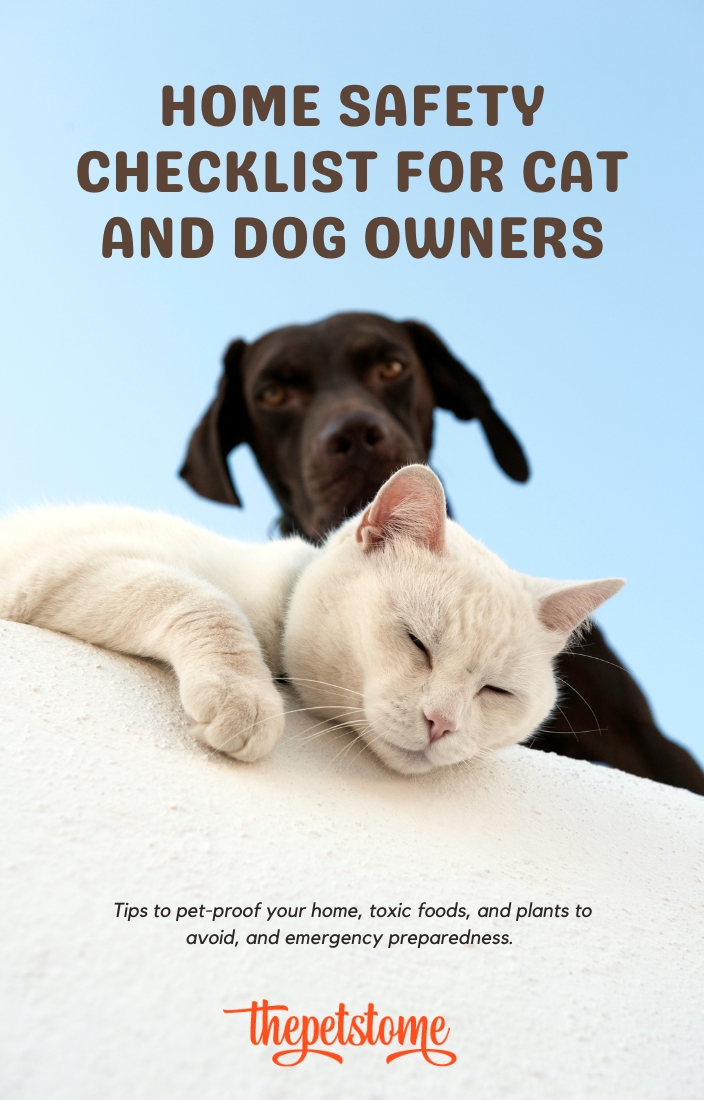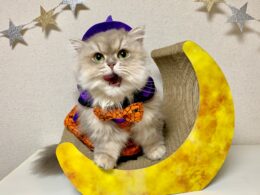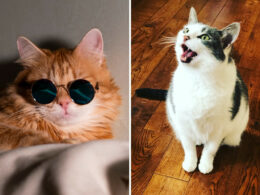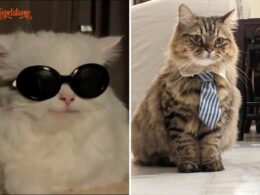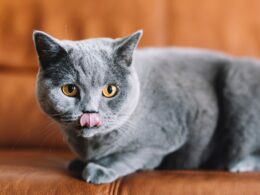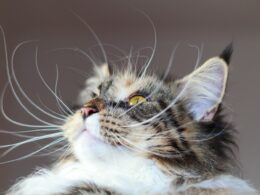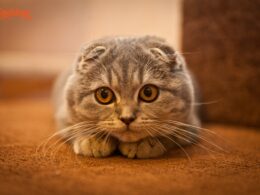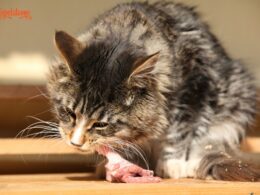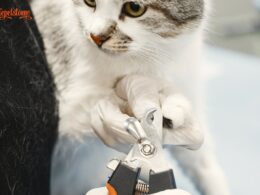Table of Contents Show
Convenia is a long-acting antibiotic injection that we use widely in veterinary medicine to treat common bacterial infections in cats, such as abscesses, skin wounds, dental infections, and many others.
In fact, ‘Convenia’ is the trade name, and the antibiotic Convenia contains is called cefovecin. The antibacterial effects of a Convenia injection last for about fourteen days, but luckily any side effects tend only to last for a few days if experienced at all.
READ: Can A Bug Zapper Kill A Cat? (EXPLAINED)
5 Reasons Why Your Cat Is Not Eating After Convenia Injection
If your cat has stopped eating shortly after receiving a Convenia injection, there are several possible causes to consider, the most common of which are outlined below.
1. Nausea
If your kitty is feeling sick, then he or she is very unlikely to want to eat; just like us, nauseous pets tend to shy away from food until they are feeling better. Gastrointestinal disturbance (which may include nausea) is known to be a possible side effect of Convenia.
It’s also possible that your cat may be feeling sick for some other reason, for example, due to the illness that instigated the vet’s visit in the first place. Or maybe they were prescribed other medications alongside the Convenia, and one of these is to blame.
What To Do
First and foremost, speak to your vet. They may well be able to prescribe anti-nausea medication that can provide instant relief. It is significantly better (and cheaper in terms of vets bills) to dash back to the clinic for a few anti-sickness tablets than to leave the issue unaddressed.
Cats cannot last as long as dogs or people without food and will rapidly become dehydrated and malnourished within just a few days of anorexia. A little time and money spent now will save you a whole bunch in the long run.
In addition to requesting anti-nausea medication, offer bland, easily-digestible foodstuffs such as plain cooked chicken and white fish. Steer clear of anything too flavourful or stinky; an already nauseous cat may turn green at the thought of tuna!
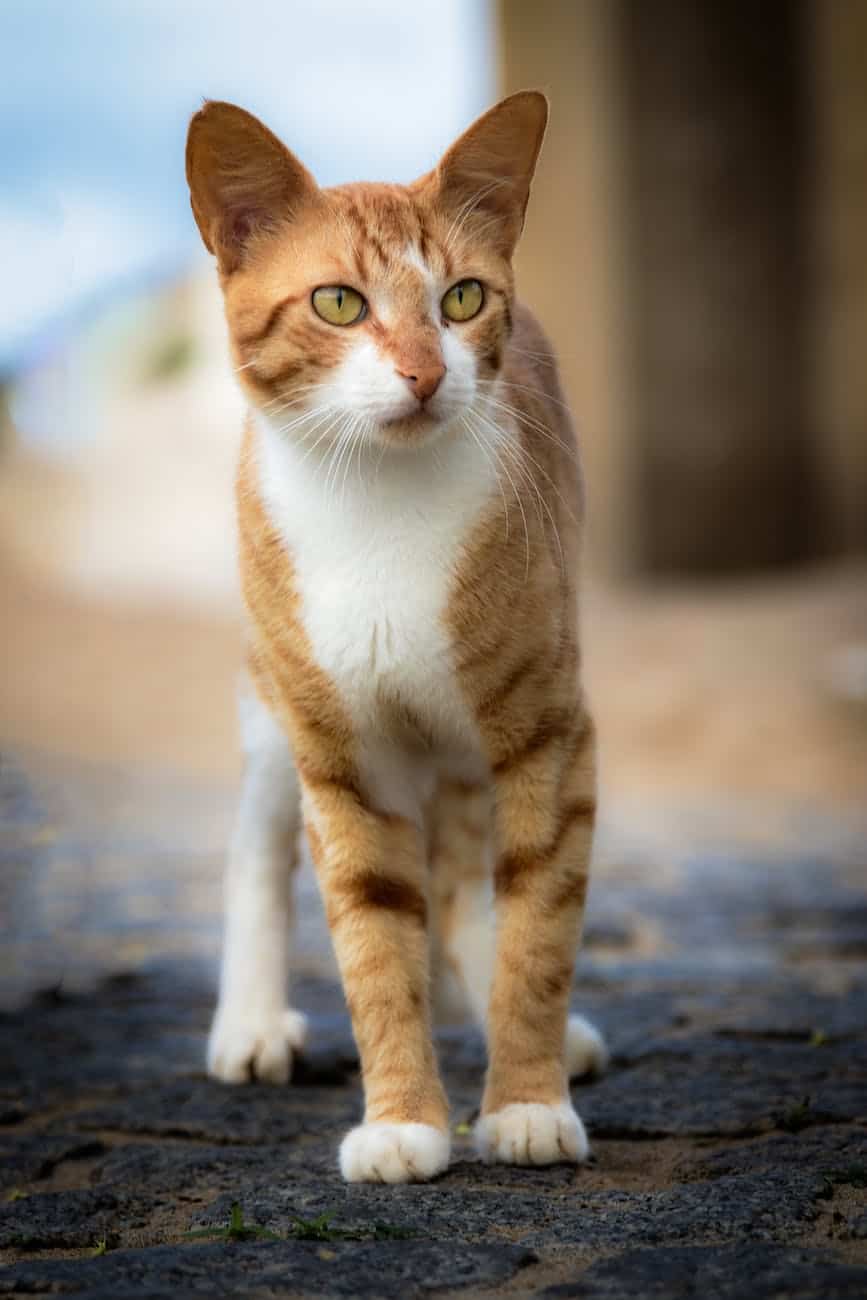
2. Pain
Like nausea, pain is a common reason cats go off their food. It will likely come as no surprise that dental pain is a super common reason for cats to be hesitant when it comes to eating, but really pain anywhere can result in a loss of appetite.
This is because pain is both distressing and distracting to our pets, and until the pain is alleviated, many cats cannot focus on meeting their nutritional needs.
Consider whether the condition for which your cat was prescribed Convenia could be painful; for example, dental infections, abscesses, and bite wounds can cause extreme discomfort, and pain relief should always be prescribed alongside the antibiotic injection.
Whilst the effects of Convenia last two weeks, no equally long-lasting injectable pain relief exists for cats (with the very exception of a particular arthritis medication called Solensia).
So, if your cat did not leave the veterinary clinic with pain medication to take at home once or more daily, and it’s been more than 24 hours since they came home, then I can confidently tell you that any and all pain relief will have worn off at this point.
What To Do
If pain relief was overlooked or has worn off, get back in touch with your vet without delay.
Don’t be tempted to root around in the medicine cabinet; even though this is always done with the best of intentions, only a few human pain medications are safe for cats, and even these must be given at very accurate, appropriately low doses.
Remember that paracetamol is incredibly toxic to cats and can be fatal even when given at very low doses by a well-meaning pet parent. Prescribing pain relief is best left to your vet.
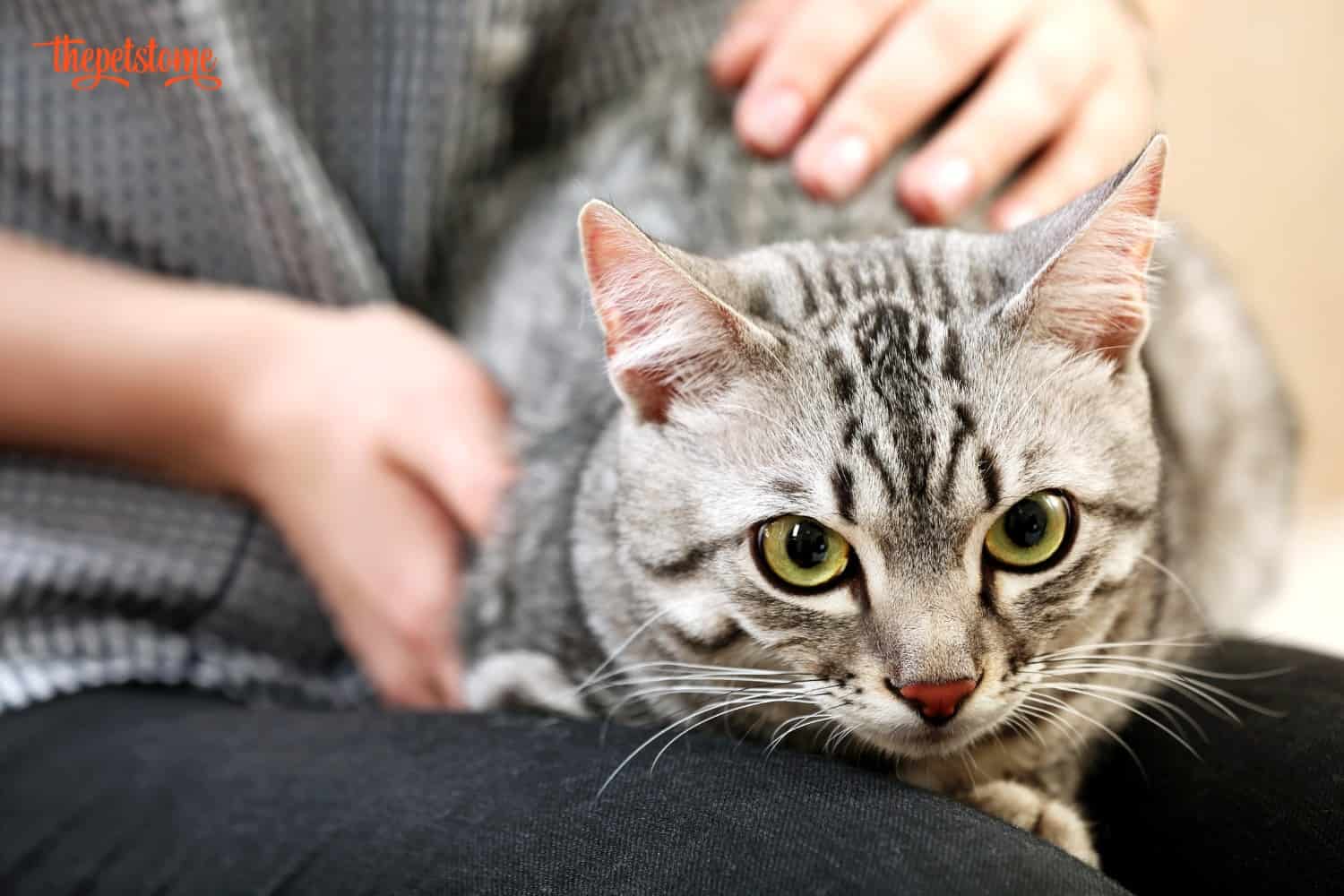
3. Food Aversion
Maybe your feline family member has been feeling better since receiving treatment but was previously nauseous or painful. Cats are extremely sensitive individuals (as we all know!) and are prone to rapidly developing food aversions to foods consumed while feeling unwell.
A food aversion is a strong, almost phobia-like dislike of certain food (for example, their usual kitty food, which they happily chowed down on days when they became ill!)
Once a cat has developed a food aversion, removing this complex psychophysiological reaction is very difficult, if not impossible. I don’t even recommend that you try! Follow the advice below instead, and you’ll have much greater success.
What To Do
The good news? This is a relatively easy problem to solve. All you need to do is switch to a different flavor or, in some cases brand of kitty chow, and your little one should be eating normally again in no time.
The bad news? If you invested in a supersized megapack of kibble or pouches, you may have to flog these on E-bay.
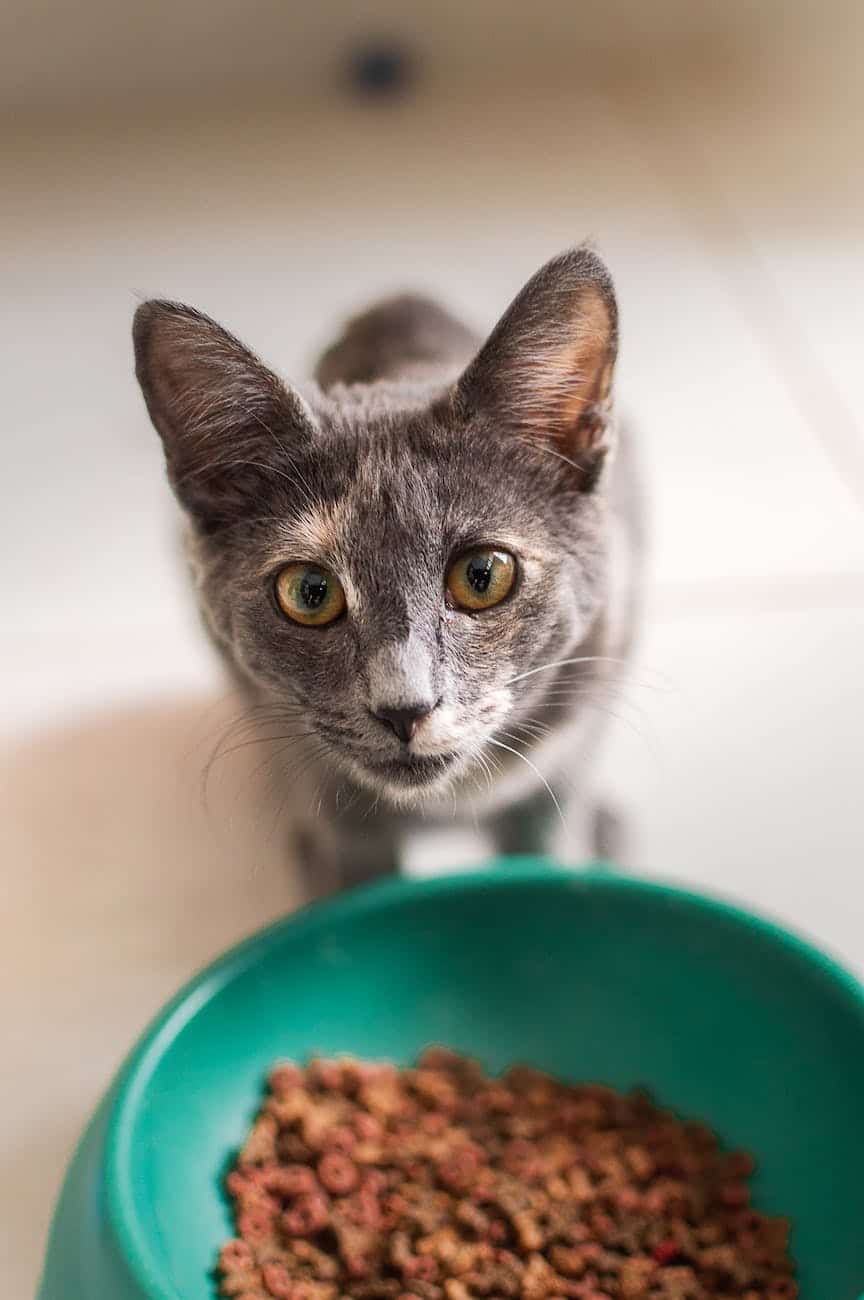
4. Fever
Cats and dogs with a fever are having a tough time. They feel hot, shaky, weak, and sometimes a little disorientated. So it’s no surprise that they typically don’t feel like eating.
If you have access to a thermometer, the best way to quickly check whether fever is the likely cause of your pet’s vanishing appetite is to take their rectal temperature.
This can be easily achieved at home using a digital rectal thermometer (a human pediatric thermometer works well for cats), a little Vaseline, gloved hands, and ideally the help of a willing assistant to provide reassurance and cuddles to the cat throughout!
A temperature over 39.1℃ (102.4℉) reflects a mild fever, and a temperature over 39.5℃ (103℉) is a moderate fever; in both of these instances, your pet may benefit from the measures outlined below. Anything over 40℃ (104℉) is more concerning and you should book an urgent same-day vet’s appointment.
What To Do
Speak to a vet or veterinary nurse at your registered practice, and ask whether an antipyretic medication can be prescribed to lower your cat’s temperature. If your pet has a steadily rising temperature, above 39.5℃ (103℉), or has other concerning symptoms alongside a fever, they may ask you to bring him or her in for another checkup.
A high temperature despite a Convenia injection may be a sign that the wrong antibiotic was selected and that your cat’s bacterial infection is progressing or becoming out of control, so don’t put off a recheck at the vet if any of the above apply to your pet.
In the meantime, keep your cat in a comfortably cool environment; aim for a room temperature where you are comfortable whilst wearing a light sweater.
Don’t let your kitty sit in the sun or doze in an overly hot room, as this may cause their temperature to rise further which can damage the delicate cells of the guts and central nervous system, effectively due to heat stroke.

5. Side Effect Of Convenia
As mentioned earlier, Convenia lists gastrointestinal disturbance among its possible side effects. This catch-all phrase can encompass anything from nausea and vomiting to diarrhea, to a temporary loss of appetite.
If your cat is not experiencing vomiting or diarrhea but seems to have lost all excitement when presented with a meal that would previously have been wolfed down, you can try a few simple fixes.
What To Do
The general idea is to make eating as enticing as possible: to tempt your pet to eat. Avoid offering fan favorites such as plain cooked chicken or white fish, ideally warmed.
Warming food causes an increase in airborne odor molecules; put, it makes the food smell palatable, and cats love this! After all, don’t we try our food with our noses, first?
Whilst it may provide a tempting prospect to the vast majority of cats, avoid resorting to offering your feline any milk. All cats are lactose intolerant, and the lactic acid in the milk will upset the delicate pH balance in his or her gastrointestinal tract, likely resulting in diarrhea and further loss of appetite.
Final Words
Finally, take advantage of the fact that the majority of cats are social eaters!
If you sit with your kitty and provide consistent fuss and encouragement whilst the food is on offer, you may find that they polish it off! Just like us, cats love to have company whilst they dine; never underestimate the power of a little bit of fuss!

